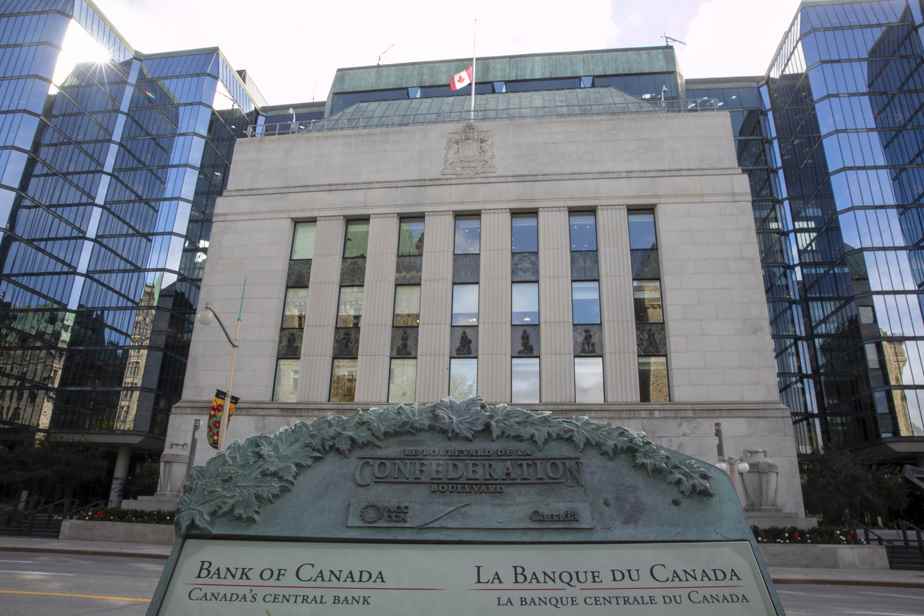(OTTAWA) The Bank of Canada could lose up to $8.8 billion over the next few years, according to a new report, which could pose a challenge for central bank communications.
The CD Howe Institute document calculates total losses for the next two to three years to be between $3.6 billion and $8.8 billion.
“A lot of what determines the size of the losses actually depends on interest rates over the next two or three years,” said Trevor Tombe, professor of economics at the University of Calgary and co-author of the report. .
In the fall, the Bank of Canada posted its first loss in 87 years of history, which amounted to 522 million for the third quarter.
In its financial report, the central bank said income from interest on its assets had not kept pace with interest charges on deposits at the bank, which rose amid rising interest rates. interest.
This problem should persist, as interest rates remain high.
The other factor influencing the magnitude of the losses is the size of deposits of major financial institutions at the central bank, Tombe said.
While the losses do not affect the Bank of Canada’s ability to conduct monetary policy, Tombe said they posed a communication challenge for the central bank.
“Many will see this and say, ‘Well, doesn’t that mean the bank is insolvent?’ “, he said.
Historically, the Bank of Canada has always made a profit, which it passes on to the federal government. According to the report, over the bank’s entire history, those profits total about $160 billion in 2021 dollars.
However, central bank policy decisions during the pandemic have led to the current situation.
In response to the economic crisis caused by COVID-19, the Bank of Canada has significantly increased its assets through a government bond purchase program. Also known as quantitative easing, this policy was part of the central bank’s efforts to stimulate the economy.
This asset expansion is now costing the central bank, since it paid off government bonds by creating settlement balances.
With interest rates now high, the interest charges the central bank pays on these settlement balances have exceeded the interest it earns on government bonds.

PHOTO JENNIFER GAUTHIER, REUTERS ARCHIVES
Tiff Macklem, Governor of the Bank of Canada
Looking for an accounting solution
Although the losses are a first for the Bank of Canada, other central banks that have also engaged in quantitative easing during the pandemic are also realizing losses.
The Bank of Canada is now turning to the federal government to find a solution to balance its books. However, economists note that the solutions are only accounting issues and that losses will inevitably be covered by the government.
Mr. Tombe argued that while it was only a matter of finding an appropriate accounting solution, it was still important because of recent political attention to the central bank.
“Any further potential reputational damage it incurs could further erode public trust in the institution,” he said.
Mr. Tombe and his co-author recommend that the Bank of Canada use a deferred charge, which would allow the central bank to incur losses currently incurred against expected future profits.
So as the Bank of Canada started making money again, it would keep the profits instead of putting them back into government coffers.
However, this solution would require a modification of the Bank of Canada Actwhich does not currently allow the central bank to keep its profits.
According to Mr. Tombe, if the law were to change, it would be a good opportunity to prepare the Bank of Canada for the next time it could suffer losses.
“We should anticipate the possibility of finding ourselves in a situation like this again,” noted Mr. Tombe. And so this is an opportunity to reflect on more significant reforms of the Bank of Canada Act, to make sure we’ll be ready for the next time. »
